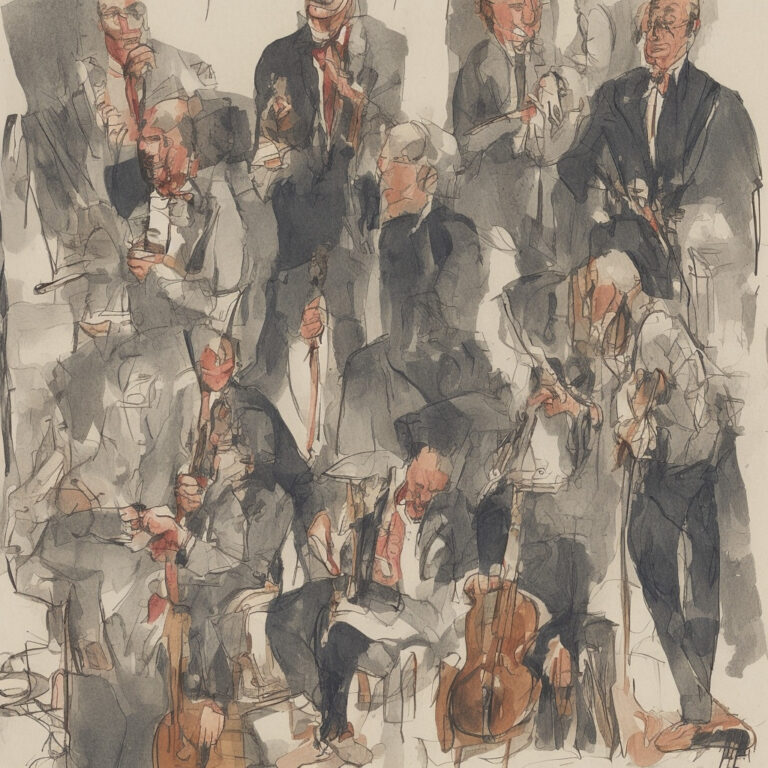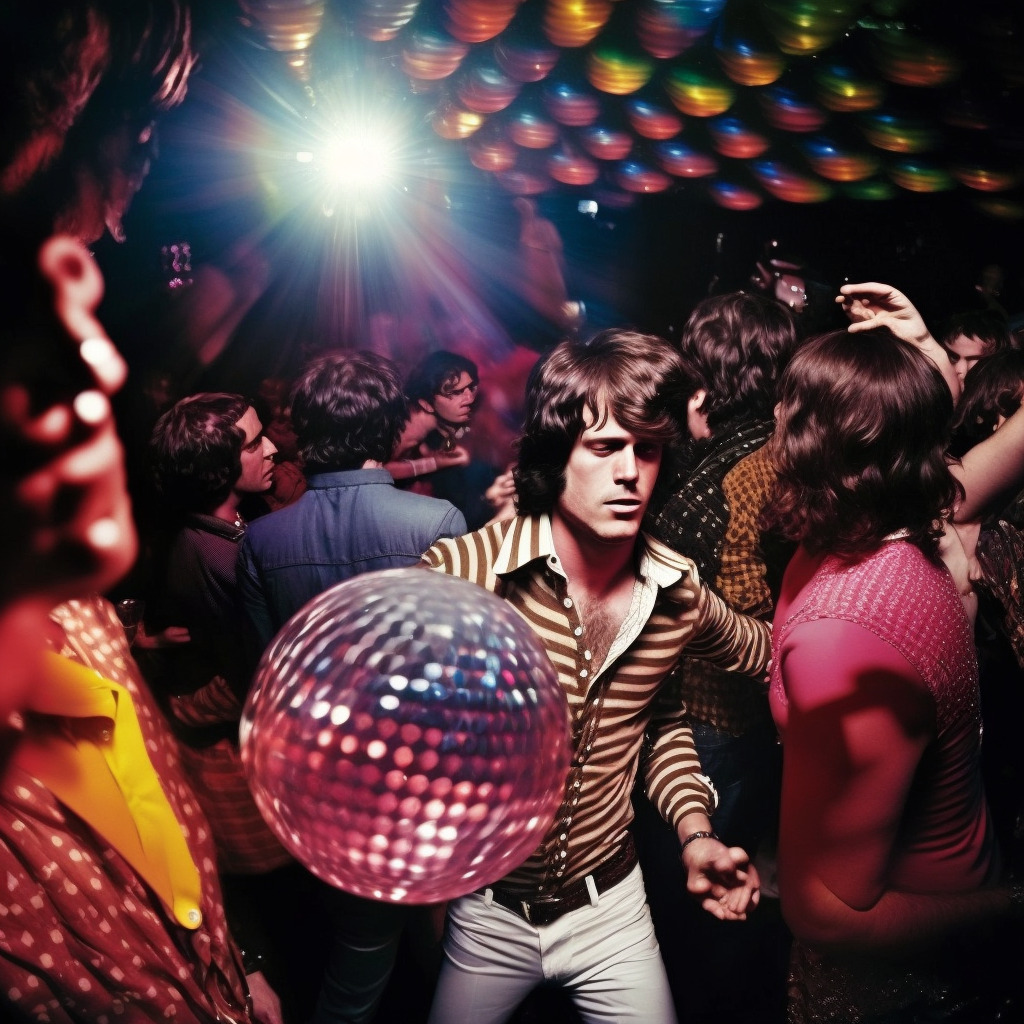🎶 Did you know? “Handy Man” was a cover by #JamesTaylor, originally sung by Jimmy Jones in 1960! Taylor’s smooth rendition won him a Grammy in 1978! 🏆 Now that’s #handy! 🛠️ #MusicTrivia #ClassicRock Read about it: tinyurl.com/54hty9c2
James Taylor: The Master Storyteller and His Soulful Rendition of “Handy Man”
James Taylor: Breathing soul into “Handy Man,” the timeless classic becomes a testament to his musical prowess and deeply resonant storytelling.

When it comes to the evergreen singer-songwriter James Taylor, his illustrious career speaks for itself. With a legacy spanning over five decades, Taylor has managed to captivate audiences of all ages with his soothing vocals, impressive guitar skills, and relatable lyrics. Born in 1948, this American music icon gained prominence in the early 1970s with his introspective, folk-rock signature sound. Over the years, Taylor has produced numerous chart-topping hits, and one such all-time classic is the song “Handy Man.”
Originally written by Jimmy Jones and Otis Blackwell in 1959, “Handy Man” found its way into James Taylor’s 1977 album, “JT.” Taylor’s rendition of the timeless track introduced a smoother and more soulful take on the doo-wop original. The song’s story, with its protagonist offering his unwavering support and love to his partner, resonated with listeners and earned Taylor a Grammy Award in 1978 for Best Male Pop Vocal Performance.
It’s no secret that James Taylor’s personal journey hasn’t always been smooth sailing. Battling drug addiction and struggling with mental health issues, he has channeled these experiences into his music, offering solace and hope to countless fans. It’s one of the reasons why Taylor’s interpretation of “Handy Man” struck a chord, as it exemplified his innate ability to connect with people through song. In doing so, he managed to take an already well-known track and make it his own.
Throughout his career, James Taylor has received numerous accolades, including six Grammy Awards, and was inducted into both the Rock and Roll Hall of Fame and the Songwriters Hall of Fame in 2000. Additionally, he has sold over 100 million records worldwide and was awarded the Presidential Medal of Freedom by President Barack Obama in 2015.
While Taylor’s vast discography has seen a few misses over the years, it’s undeniable that his influence on American music culture is firmly cemented. His unforgettable works like “Fire and Rain,” “Carolina in My Mind,” and “You’ve Got a Friend” stand testament to his brilliance as a musician and a songwriter. So even if one might argue that not every song in his repertoire has been a smashing success, it’s important to appreciate the magnitude of his overall contribution to the world of music, with the heartfelt rendition of “Handy Man” being just one shining example.
Chart-Topping Success and Trivia
“Handy Man” soars as James Taylor’s iconic 1977 cover, garnering global chart success, a Grammy win, and a lasting musical impact, while paying homage to its 1960 roots.

“Handy Man” by James Taylor was released as a single on June 6, 1977, and quickly became a chart sensation. The song first entered the Billboard Hot 100 chart on June 25, 1977, and steadily climbed through the ranks. After ten weeks, it achieved its peak position, reaching No. 4 on the Billboard Hot 100 on August 27, 1977. This was a significant accomplishment for Taylor, as it marked his fourth top-10 hit on the prestigious chart.
“Handy Man” wasn’t only a success in the United States; it also made waves globally. The song notably achieved chart success in Canada, where it peaked at No. 6 on the RPM Top Singles chart for the week of August 27, 1977. The song’s widespread popularity helped solidify James Taylor’s status as a prominent artist in the music industry.
Not only did “Handy Man” make a significant impact on the charts, but it also received accolades for its exceptional performance. In 1978, James Taylor was awarded the Grammy Award for Best Male Pop Vocal Performance for his rendition of “Handy Man.” This marked a significant milestone in Taylor’s career, as it was his first Grammy win.
While “Handy Man” is largely associated with James Taylor, it is essential to note that the song was originally written and recorded by Jimmy Jones and Otis Blackwell in 1960. Taylor’s 1977 version is a cover that he reworked to fit his unique style. Interestingly, the original version of “Handy Man” reached a higher peak chart position than Taylor’s cover, as it climbed to No. 2 on the Billboard Hot 100 in March 1960.
In conclusion, “Handy Man” is a song with a rich history and impressive chart success. James Taylor’s rendition not only brought the song back into the spotlight but also earned him critical acclaim through its chart-topping performance and a prestigious Grammy Award.
Unlocking the Essence of ‘Handy Man’
In the 1970s, James Taylor delivered a beautifully crafted and heartfelt song called “Handy Man.” The lyrics convey a genuine and sincere message throughout, showcasing Taylor’s undeniable songwriting prowess. Let’s take a closer look at the lyrics and explore their meaning and connection to the spirit of the time.
Hey girls, gather round
Listen to what I’m putting down
Hey babe, I’m your handy man
I’m not the kind to use a pencil or rule
I’m handy with love, and I’m no fool
I fix broken hearts, I know that I truly can
If your broken heart should need repair
Then I’m the man to see
I whisper sweet things, you tell all your friends
They’ll come running to me
Here is the main thing I want to say
I’m busy twenty-four hours a day
I fix broken hearts, I know that I truly can
Come, come, come, yeah, yeah, yeah
Come, come, come, yeah, yeah, yeah
They’ll come running to me
I’m your handy man
Delving into the lyrics, one can understand that the song is about a man offering his services as someone who fixes broken hearts. He’s confident in his abilities and sees himself as a reliable source of comfort and advice for those struggling with heartache. The recurring lines “I fix broken hearts, I know that I truly can” and “They’ll come running to me” demonstrate this self-assurance.
The song was released in 1977, a time marked by a shift in societal norms and an increasing focus on themes of love, relationships, and personal growth. The lyrics can be seen as a reflection of the changing times, as people sought solace and support in navigating the complexities of love and heartache.
Moreover, this song encapsulates the essence of the singer-songwriter movement of the 1970s. Artists like James Taylor were creating music that was deeply personal and resonated with audiences on an emotional level. “Handy Man” stands as an example of this, as it taps into universal feelings of vulnerability and the desire for healing.
In conclusion, the lyrics of “Handy Man” not only capture the spirit of the time but also showcase James Taylor’s ability to create timeless and relatable songs that have continued to resonate with listeners over the decades.
A Visual Ode to James Taylor’s “Handy Man”
“Handy Man” Unofficially Visualized: Fans pay homage to James Taylor’s 1977 classic through nostalgic, artistic, and sentimental fan-made videos, proving the song’s timeless impact.
Despite the lack of an official music video for James Taylor’s 1977 hit “Handy Man,” the song’s timeless appeal has inspired fans to create their own visual interpretations. As an experienced music blogger, it’s fascinating to see how the power of music transcends the need for a professionally produced video.
One noteworthy fan-made video that has gained traction on YouTube takes a nostalgic route by using vintage footage of Taylor performing his iconic tune. This approach not only adds a layer of authenticity to the video but also showcases Taylor’s magnetic stage presence, making it a delight for fans, both old and new. The black-and-white visual treatment further emphasizes the classic nature of the song, giving it an air of timelessness.
In terms of artistic approach, another fan video incorporates a collage of images related to repair work and handymanship, symbolically representing the song’s protagonist, who is the ultimate “Handy Man.” These visuals cleverly allude to the song’s theme, as Taylor sings about fixing everything from broken hearts to leaky faucets.
On a more sentimental note, some fans have taken to creating tribute videos featuring photo montages of James Taylor throughout his career, using “Handy Man” as the soundtrack. These videos often incorporate images of Taylor during his early years, as well as more recent photos, allowing fans to reminisce and celebrate the journey of this legendary artist.
While the absence of an official music video for “Handy Man” leaves room for interpretation, it has opened the door for fans to express their creativity and admiration for James Taylor. These fan-made videos, in a way, reflect the essence of the song – putting in the effort to create something meaningful, just like the reliable and dependable handy man Taylor sings about. It’s a testament to the undeniable impact that this song has had on listeners and a reminder of the enduring legacy of James Taylor.
The Man Behind the Melody: A Look at “Handy Man” Composer Otis Blackwell
Otis Blackwell, the composer behind James Taylor’s “Handy Man,” boasts a remarkable career that spans decades and includes numerous iconic hits. Perhaps most notably, Blackwell was responsible for penning the mega-hit “Don’t Be Cruel” for the one and only Elvis Presley, a song that went on to become one of the best-selling singles of all time. Additionally, this prolific songwriter blessed the music world with other notable tunes such as “Great Balls of Fire” by Jerry Lee Lewis and “All Shook Up” by Elvis Presley. With a knack for creating catchy melodies and memorable lyrics, it’s no wonder that Otis Blackwell’s work has truly stood the test of time, leaving an indelible mark on the landscape of popular music.
Award-Winning Tune and Its Impact in Pop Culture
“Handy Man”: A timeless Grammy-winning classic that transcends generations, media platforms, and genres, proving James Taylor’s everlasting musical charm.

“Handy Man” by James Taylor has certainly made a mark in the music industry. First released in 1977 on his album “JT,” the song went on to receive multiple accolades, including a Grammy Award in 1978 for Best Male Pop Vocal Performance. This incredible achievement further highlights the timeless charm and appeal of this classic hit.
Over the years, “Handy Man” has been featured in various forms of media, including movies, television shows, and even video games. A memorable appearance of the song was in the soundtrack for the 2005 film “Lords of Dogtown,” a biographical drama about the legendary Zephyr skateboard team from the 1970s. The song’s inclusion in this movie not only introduced an entirely new generation to James Taylor’s music but also showcased the lasting impact of its gentle melody and heartfelt lyrics.
In addition to its use in various media, “Handy Man” has been covered by numerous artists who have put their own unique spin on the song. One notable rendition was by the American R&B group Boyz II Men, which was featured on their 2009 album “Love.” Their soulful interpretation carried the romantic essence of the original, while adding an updated touch that resonated with contemporary audiences. The enduring appeal of “Handy Man” is a testament to the songwriting prowess of James Taylor, as it continues to attract new listeners and inspire artists of all genres.
While the song has seen various adaptations and its influence extends across different platforms, “Handy Man” remains a significant piece of James Taylor’s musical legacy. This unforgettable tune continues to enchant fans, both old and new, showcasing the undeniable staying power of a true classic.
Diving into the Musical Structure
As we delve into the musical structure of “Handy Man,” it’s essential to understand the magic behind James Taylor’s musicianship. This classic track is written in the key of G major, which is known for its warm and comfortable tonality, perfectly complementing the song’s theme. The tempo is set at a soothing 116 BPM (beats per minute), providing a relaxed yet groovy feel that showcases Taylor’s signature style.
The chord progression in the verses follows a I – IV – V – IV pattern (G – C – D – C), which is a standard and straightforward progression often used in popular music. This simple structure allows Taylor’s smooth vocal melodies to shine through, while the rhythm section lays down a solid foundation. The chorus introduces a slight variation in the chord pattern, moving from a I – V – vi – IV progression (G – D – Em – C) to a I – V – IV – IV sequence (G – D – C – C). This subtle shift adds a sense of intrigue and keeps the listener engaged throughout the song.
An essential aspect of the track’s arrangement is the use of syncopation in the guitar and bass parts. Syncopation involves emphasizing off-beat rhythms, which creates a sense of movement and groove in the music. In “Handy Man,” this technique is employed masterfully, giving the song its signature laid-back, yet catchy feel.
The instrumentation in “Handy Man” is relatively sparse, allowing each element to breathe and contribute to the overall sound without overwhelming the mix. The acoustic guitar strumming provides a warm and organic texture, while the electric guitar adds subtle melodic and rhythmic embellishments. The bass guitar plays a crucial role in supporting the harmony and driving the groove, interacting seamlessly with the drums to form a solid rhythmic backbone.
In terms of production, “Handy Man” showcases a tasteful and balanced mix, with each instrument occupying its space in the sonic landscape. The vocals are placed front and center, with a touch of reverb to add depth and dimension. The backing vocals are used sparingly and provide a beautiful complement to the lead vocal line, accentuating crucial moments in the song without detracting from the primary melody.
Overall, the musical structure of “Handy Man” is a testament to James Taylor’s ability to craft timeless and memorable songs. By combining a straightforward chord progression with subtle variations, syncopated rhythms, and a well-balanced arrangement, Taylor manages to create a captivating sonic experience that has stood the test of time.







